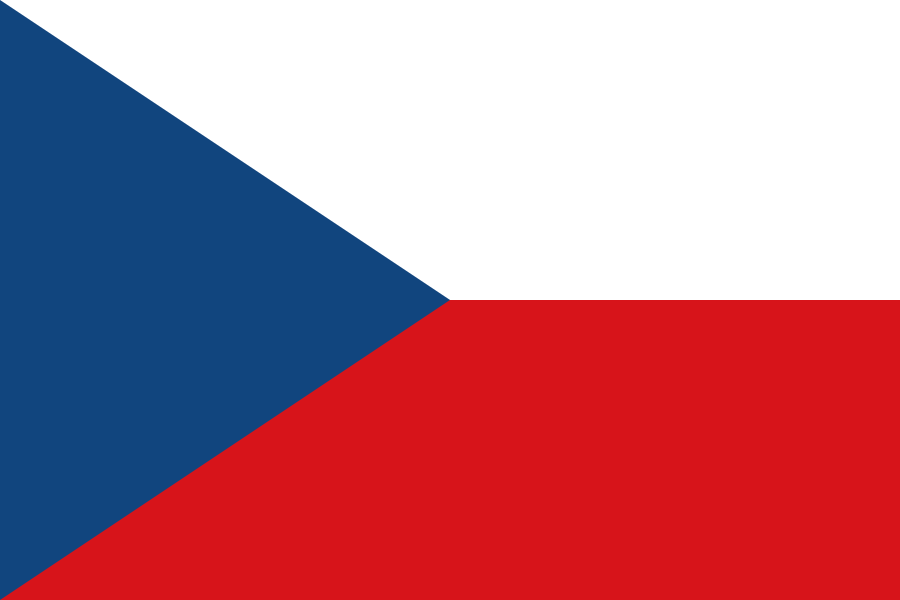User:T`sitra Yel Darb
UBX
|
≈
File:EarthFlag -James W. Cadle-.JPG
File:Amsterdam flag horizontal.png
File:Taiwan independence flag.png
TEST AREA FOR USERBOXES
| Art | I believe in art. |
| This user believes in nothing. |
 | This user is old enough to remember what a typewriter is, and that's all you need to know. |
| en-4 | This user speaks British English at a near-native level. |
| File:Stamp-ctc-star-trek.jpg | This user is a Star Trek fan, but refuses to be labeled as a Trekkie/Trekker. |
| File:Enterprise orig.jpg | This user is a Star Trek fan, but refuses to be labeled as a Trekkie/Trekker. |
| File:Spock001.jpg | This user is a Star Trek fan, but refuses to be labeled as a Trekkie/Trekker. |
| This user supports a policy change to allow fair use images and logos in user boxes. |
Template:User Chinese zodiac:Sheep
羊
| ft-lb | This user uses U.S. Customary Units. |
FASCINATING!
Ancient Chinese characters
Creationists hold that the word for "boat" in Chinese characters (which survived the 1950s and 1960s character simplification) appears to be composed of the symbols for "vessel," "eight," and "person" (literally "mouth," and sometimes translated as "family member"). According to Chinese tradition, the characters were developed by the historian Cangjie at the order of the Yellow Emperor during the 3rd millennium BC, and in many cases used combinations of pictograms to represent more abstract ideas. They argue that Cangjie based his character for "boat" on his historical knowledge of the eight people saved on a ship through the flood (Nelson, Broadberry and Chock, 1997) [1]. The components for "eight" and "person" have been reduced to merely phonetic significance in Chinese today.
However, most Chinese characters cannot actually be interpreted by their graphic elements alone [2]. The vast majority of Chinese characters are actually radical-phonetic compounds, in which the radical indicates the meaning while the phonetic indicates the pronunciation (usually based on the pronunciation of Ancient Chinese) (DeFrancis, 1984). In the case of the character for "boat," 船, the left-side radical is 舟 (meaning "boat" or "vessel"), while the right-side phonetic 㕣 is shared with other characters that have similar pronunciations. For instance, in Cantonese Chinese, which preserves many of the rimes of Ancient Chinese, the characters 船 ("boat"), 沿 ("along"), and 鉛 ("lead metal"), all of which feature the same phonetic, are pronounced syùhn, yùhn, and yùhn, respectively. The 㕣 phonetic used in 船 does not actually signify "eight persons" but rather only the pronunciation. In addition, the 八 in the phonetic originally meant "to divide", not "eight," which is the modern meaning. Finally, the interpretation also falls short due to the fact that the oracle script (the type of Chinese writing that was used when Cangjie supposedly developed Chinese writing) for the character 船 is not known to exist [3].






